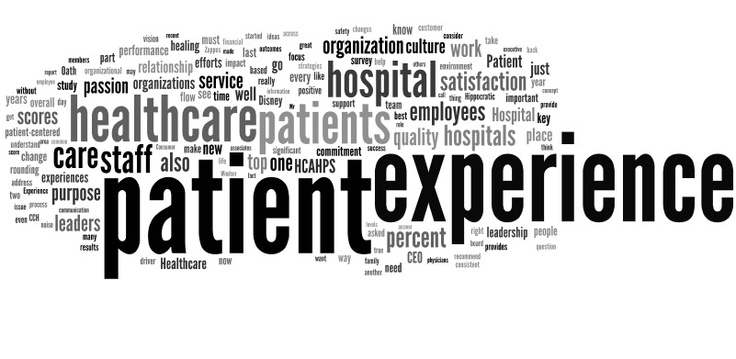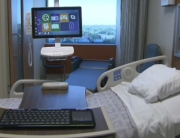Ask people what’s high on their list of things they dislike and you’ll get a resounding one-word response. Waiting.
Whether it’s waiting in line at a store or waiting while stuck in traffic, the time wasted stuck in line ups and in situations beyond one’s control is universally despised. That’s especially true when it comes to health care. No one wants to wait for medical results and when it involves a health issue that’s impacting your quality of life, timing is critical.
WHAT ARE YOU WAITING FOR?
But it’s not only waiting for health tests that leads to patient frustration. A recent study by the Canadian Institute for Health Information (CIHI) showed that patients experience frustration around wait times in emergency rooms, when they’re waiting for priority procedures and when they’re trying to find the appropriate health service providers.
REDUCING WAIT TIMES
So how can hospitals reduce wait times and create a more positive experience for patients? According to a study by the Ontario government, patients define a positive hospital experience as one that’s safe, effective, accessible, integrated (all parts of the system are organized and work together to provide high-quality care) and patient centred.
People want easy access – and that means no waiting – to their health records so they can participate more readily in their own care. They also want access to information that will help them make informed decisions about their care.
HOW TECHNOLOGY CAN HELP
Health care organizations looking for ways to achieve these elements and not only improve but optimize the hospital patient experience are turning to technology. Advances in technology are making it easier to empower patients to access hospital services and their own health care information, with everything from helping patients manage their appointments, to using email and text messaging systems, setting up appointments and sending themselves automated reminders.
Improving the hospital patient experience also includes making hospital staff easier to access for patients and that means setting up a system that allows patients to talk directly to a nurse instead of waiting on a response to a call light.
Hospitals are learning that they also need to develop systems that deliver services around the schedule of patients and not just the schedule of medical staff. That means 24-hour access to medical staff.
LESS STRESS, MORE SAVINGS
Patients also want easy access to the internet and phone so they can keep in touch with friends and family and continue working, if they’re able. That means less disruption in their lives and less stressing over what they’re missing.
Those hospitals that have taken advantage of advances in technology to improve their patient’s experience are seeing huge benefits to their organizations. In other words, they’ve discovered that what’s good for the patient is also good for them.
They’ve noted improvements in the streamlining of hospital scheduling processes, better use of staff and better use of staff’s strengths, along with reductions in the occurrence of missed appointments and no-shows.
In the end, that means more cost reductions and savings for them. Hospitals that have achieved these goals are being recognized as global leaders.
WHY PANACEA™ WORKS
When it comes to technology that works in all these areas, Panacea™ The Patient Centric Solution is ahead of the curve in delivering digital entertainment, communication, education and clinician services right at the patient bedside.
The bedside system also delivers a range of services for clinician administrators and allows hospital staff to use the unit to review clinical records and charts. For more information about the Panacea™ solution visit Panacea™.







